Discover OEM-equivalent TES Teflon® Seals for Nordson melters. and custom-fit for BM200, VD200, DD200, 5506, 5550,...
Hydraulic Cylinder Seals: A Full Overview
Hydraulic Cylinder Seals: A Full Overview
Hydraulic cylinder seals are seals that are used between parts in a hydraulic system to prevent fluid leakage.They are critical aspects of hydraulic systems. where we will explain hydraulic piston seals. It covers materials, types, installation methods and advice for replacement.
Hydraulic cylinders seals are the important parts of hydraulic cylinders. They form a seal between the hydraulic fluid and the surroundings. A few key functions that these seals serve are as follows:
Holding the pressure: Seals prevent hydraulic fluid from leaking, allowing for pressure to build.
Leakage Prevention: They form tight seals, making them resistant to fluid leakage.
Contaminant Exclusion: Seals help to keep dirt and dust from getting in to protect internal parts.
Materials Used for Hydraulic Cylinder Seals:
Nitrile (Buna-N): Most common for its excellent resistance to oils and fuels.
Fluorocarbon (Viton): Suitable for extreme environments with a wide range of chemical and heat tolerance.
Polyurethane – More abrasion resistant than rubber; great for harsh applications
PTFE (Polytetrafluoroethylene): Excellent chemical resistance, good low friction.
The right material is ruled by the environment. Among them are the temperature and type of hydraulic fluid.
List of Hydraulic Cylinder Seals:
Piston Seals: Keep fluid from leaking between the piston and cylinder wall. Delimited by pressure, they sit in the center of the cylinder.
Rod Seals: These seals are placed around the hydraulic rod They prevent contamination and hinder fluid loss.
Wiper Seals: Prevent dirt and debris when a rod moves in and out.
Dust Seals: Keep contaminants, such as grease and dirt, from entering when the equipment is off.
Choosing a proper hydraulic seal maintains the operational integrity of the system.
Install Hydraulic Cylinder Seals
Proper installation is crucial to the performance and life of hydraulic cylinder seals. Here are best practices:
Preparation
Clean: Minimize the dirt, particularly in the cylinder bore, piston, and rod. Even small particles can influence seal performance.
Check: Look for wear or damage on the seals and cylinder parts.
Installation Techniques
Seal Orientation: Adhere to the manufacturer’s guidelines on seal orientation. Many seals have a side that must be in contact with the hydraulic fluid.
Use seal drivers to ensure even seating and prevent seal damage.
Lubrication: Place a light coating of hydraulic oil or proper lubricant on the seal. This is good during installations and makes friction any less.
Post-Installation
Testing: Immediately after installation, low pressure leak testing of the hydraulic system Apply more pressure as monitoring continues.
Monitoring: Regular monitoring can help catch early signs of wear or damage. This aids with timely maintenance or replacement.
Using these guidelines, hydraulic cylinder seals can be kept secure and effective.
Replacing hydraulic Cylinder seals
1: Safety First
Depressurize the System Ensure that the hydraulic system is completely depressurized to avoid any accidents.
Power Down: Shut down equipment and unplug all power supplies.
2: Take Off the Cylinder
Disassemble: Follow the manufacturer’s procedure to disassemble the hydraulic cylinder. Keep track of all parts.
Clean: Remove all debris and old seal material from the cylinder and piston.
3: Remove the Old Seal
Use a Tool: Carefully use a seal removal tool to take out the old piston seal. Do not use too much force, otherwise damage can occur.
Piston Inspection: Remove the old seal and immediately inspect the piston for any wear or damage.
4: Install the New Seal
Lube: Put some light lubricant on the new seal for easier installation.
Install: With the new seal, and orient it per manufactures guideline.
Repeat: Reassemble the hydraulic cylinder back onto itself, ensuring you align and tighten all the parts back together.
5: Test the System
Initial Testing: Connect cylinder to hydraulic system for a low-pressure test
Check for Leaks: Slowly increase the pressure and monitor for leaks or problems.
Conclusion
Hydraulic cylinder seals play a very important role in the efficient and safe operation of hydraulic systems. Regardless of your experience, best practices of seal maintenance is essential for superior system operation.
Click here to follow our blog for more

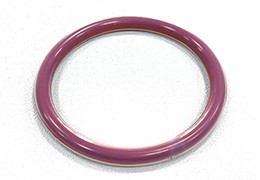
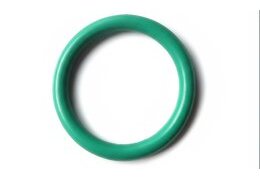
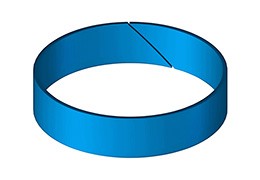
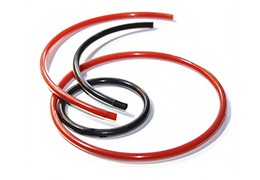
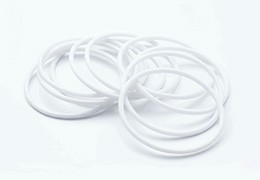
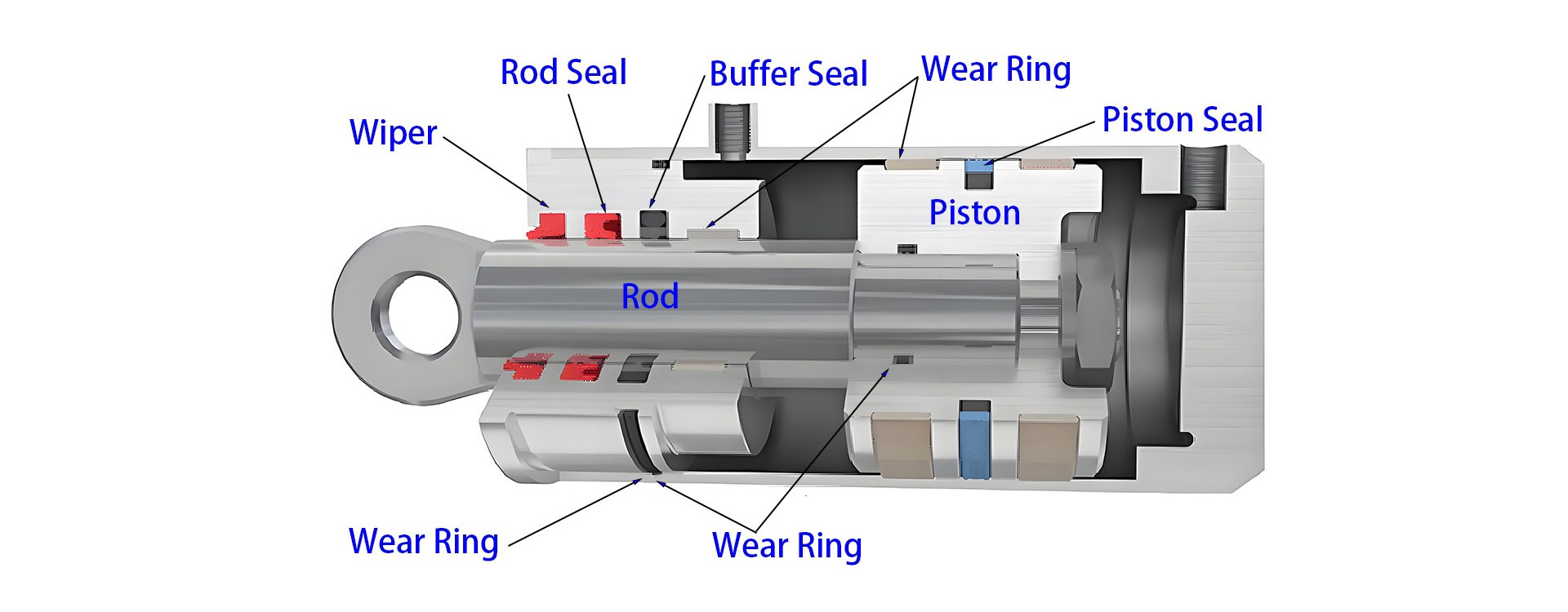
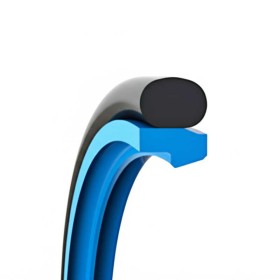
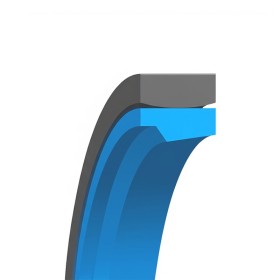
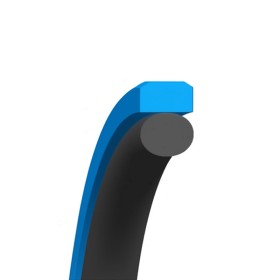
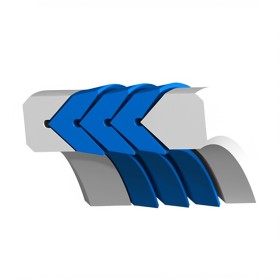
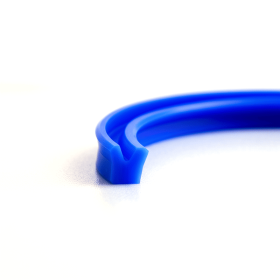
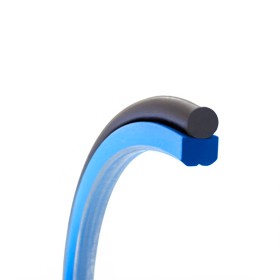
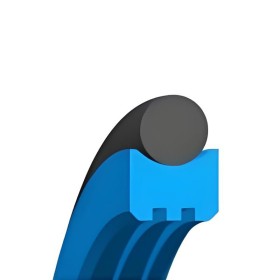
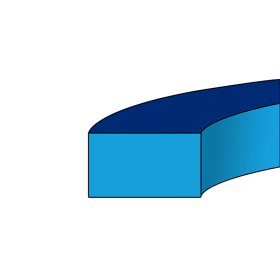

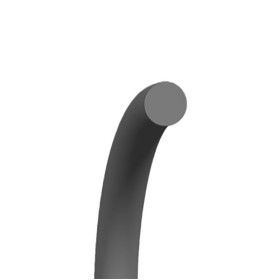
Leave a comment